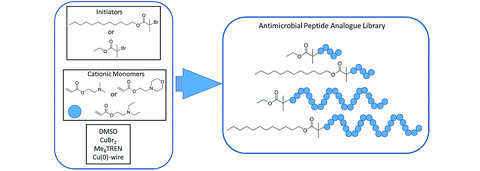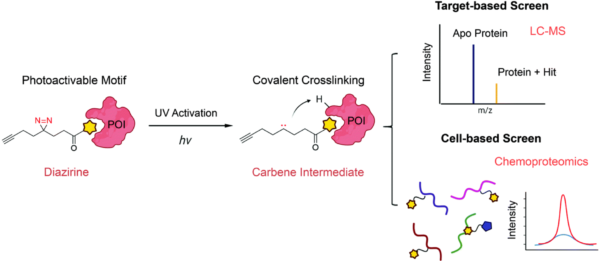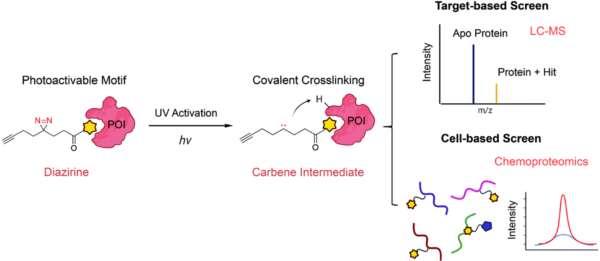Antibiotic resistance has become a pressing global health concern, as bacteria continue to evolve and develop mechanisms to withstand the effects of existing antibacterial agents. To combat this critical issue, scientists and researchers have turned to innovative approaches, including the creation of specialized libraries of compounds with antibacterial properties. This article examines the concept and potential impact of an Antibacterial Library in the ongoing fight against antibiotic resistance.
Understanding the Antibacterial Library:
An Antibacterial Library is a diverse collection of compounds that have been systematically designed, synthesized, and curated to target and combat various types of resistant bacteria. These compounds are carefully selected based on their distinct chemical structures and mechanisms of action, with the aim of offering a broad spectrum of potential drug candidates.
Designing the Antibacterial Library:
The creation of an Antibacterial Library involves a multidisciplinary approach that incorporates several key elements:
Target Identification and Validation:
Researchers focus on identifying the essential components and functions within bacteria that are vulnerable to disruption. This stage includes the exploration of bacterial enzymes, cellular structures, and physiological pathways crucial for bacterial survival.
Rational Drug Design and Modification:
Through the use of cutting-edge computational modeling and structure-activity relationship studies, researchers optimize the chemical structures of potential compounds to enhance their antibacterial properties. These modifications may include altering molecular motifs, identifying key pharmacophores, and optimizing drug-like properties such as solubility and stability.
Diversity-Oriented Synthesis:
The Antibacterial Library embraces the concept of chemical diversity, ensuring a wide range of structural motifs to target various bacterial vulnerabilities. By incorporating diverse chemical building blocks and innovative synthetic strategies, researchers aim to maximize the chances of discovering novel antibacterial agents.
Natural Products and Combinatorial Chemistry:
Inspiration is drawn from nature’s vast arsenal of antibacterial compounds found in plants, microorganisms, and marine organisms. Natural products serve as a valuable source of lead compounds, which can be further optimized through synthetic modifications. Combinatorial chemistry techniques allow for the creation of large libraries with a diverse range of compounds, increasing the chance of identifying new antibacterial agents.
Screening and Validation:
The compounds in the Antibacterial Library undergo rigorous screening processes to evaluate their inhibitory activity against resistant bacteria. Various screening methodologies are employed, including high-throughput screening (HTS), phenotypic screening, and mechanism-based assays. These approaches provide valuable insights into the compounds’ mode of action, antimicrobial potency, and potential for overcoming existing resistance mechanisms.
Advancing from Research to Clinical Application:
Promising compounds discovered within the Antibacterial Library progress through preclinical and clinical validation stages to ensure their safety and efficacy. Extensive in vitro and in vivo studies evaluate the pharmacokinetics, toxicity profiles, and effectiveness of the compounds. Additionally, studies are conducted to assess the potential for resistance development.
Realizing the Potential of the Antibacterial Library:
The Antibacterial Library addresses the urgent need for new antibacterial agents by offering a diverse and systematic approach to targeting antibiotic resistance. By harnessing innovative drug design concepts, screening methodologies, and validation processes, the Antibacterial Library helps researchers uncover potential candidates for further development.
Looking Ahead:
The Antibacterial Library represents a promising avenue for researchers and pharmaceutical companies in the quest to overcome antibiotic resistance. As new compounds are discovered and optimized, they hold the potential to combat multidrug-resistant bacteria, enhance current treatment options, and provide a renewed hope in treating infectious diseases. However, continued investment in research, collaboration, and regulatory support is essential to accelerate the translation of compounds from the Antibacterial Library into clinical applications.



